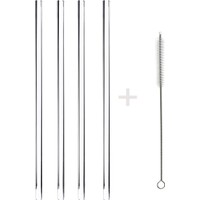
In Scratch 2.0, though, one must use the eye-dropper tool (when one selects a color designated at a specific pixel) and can only select a color that is visible on the screen of the Scratch program. “In Scratch 1.4, when the color box within the non-value-entry block was clicked, a color palette would appear with all the hues, in which one could choose the color from.

I did find an explanation and a workaround on the Scratch Wiki. Okay, ran into the same issue as I am transitioning from 1.4 to 2.0. Shade 10 very dark - shade 90 very light - shade 50 in the middle Deduced from my palette as closely as I can see, readers might find the following color numbers useful for the additive and subtractive primaries: Red 0 Yellow 30 Green 60 Cyan 90 Blue 130 Magenta 165. Works very well but the originaly palette would be more convenient. When I don't want the “palette” to run, I simply disconnect the green flag top hat. When starting a new project I load the project then immediately save it with my my new project name.

I have the arranged matters so that moving the mouse over the diagram gives the color and shade number at the mouse positon from a color and shade variable. The process is repeated with a line a little above the first one but using shade 20. I produced a project which starts by drawing a line, roughly 8mm wide, from left to right across the stage with the color starting at 0 on the left, and 200 on the right, incrementing by one. But my workaround solves the issue for me.


 0 kommentar(er)
0 kommentar(er)
